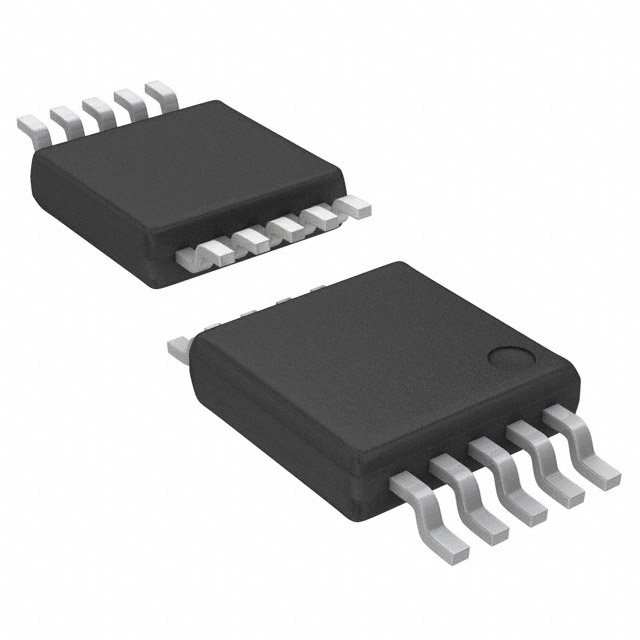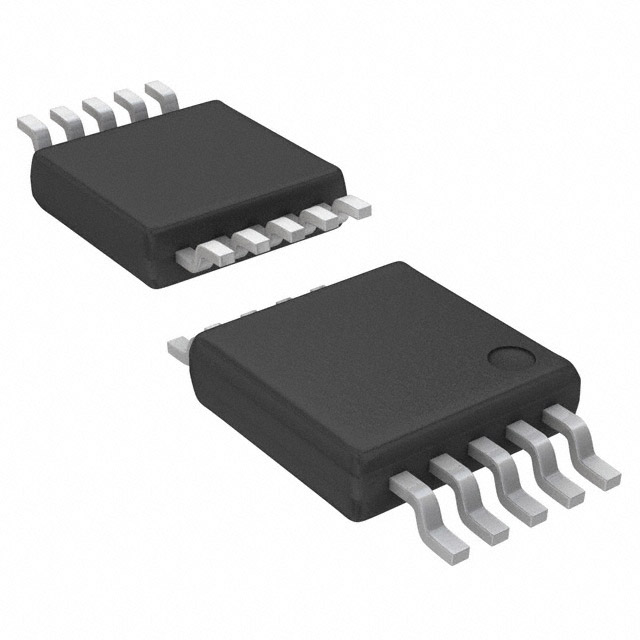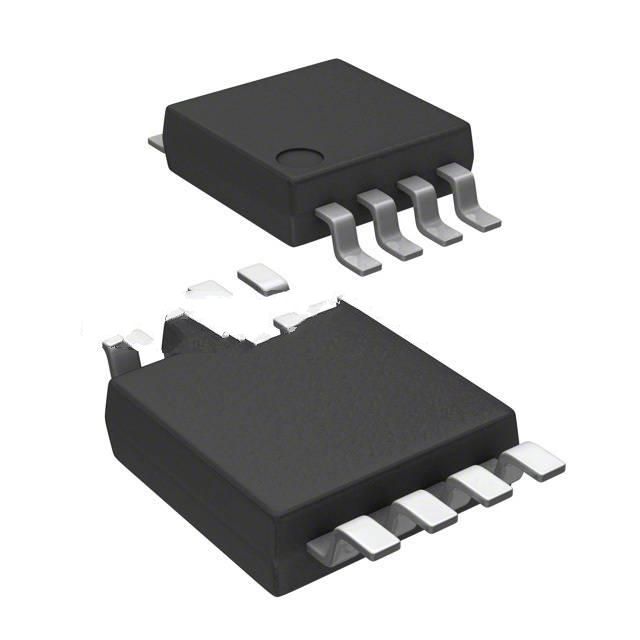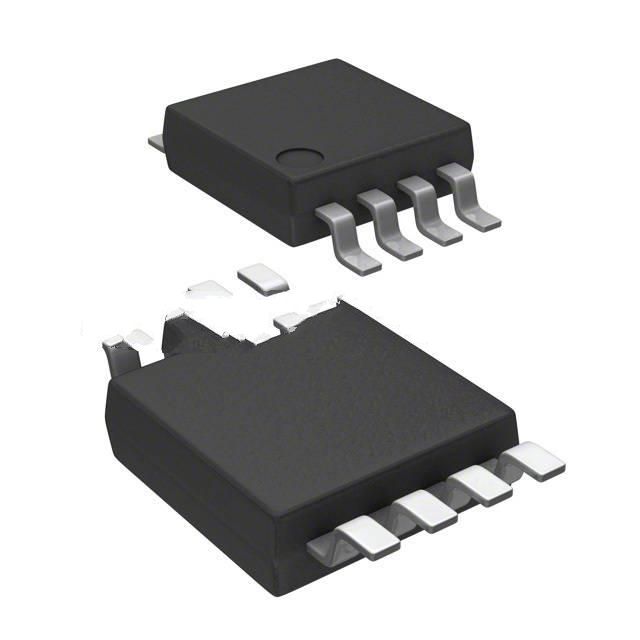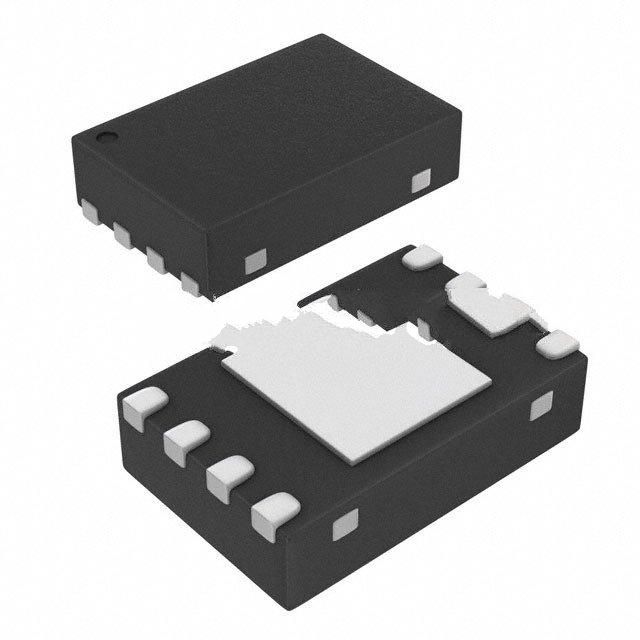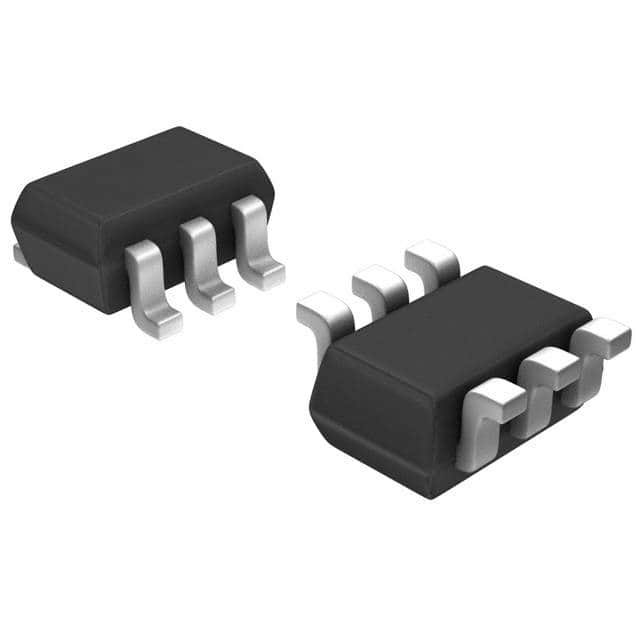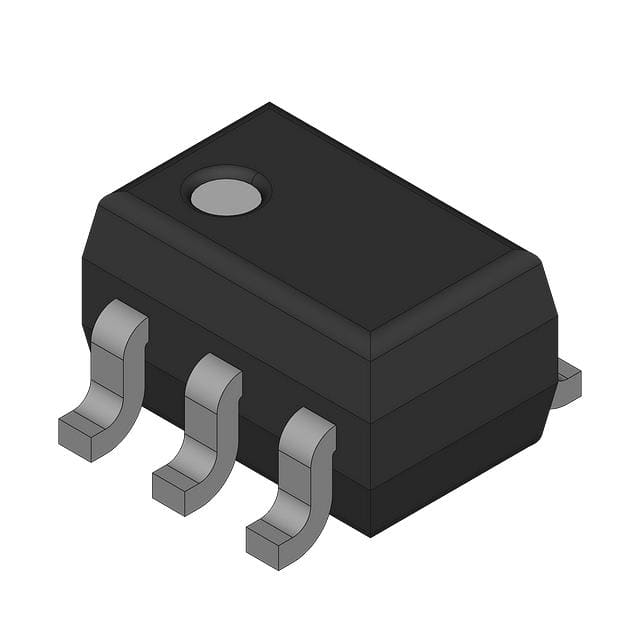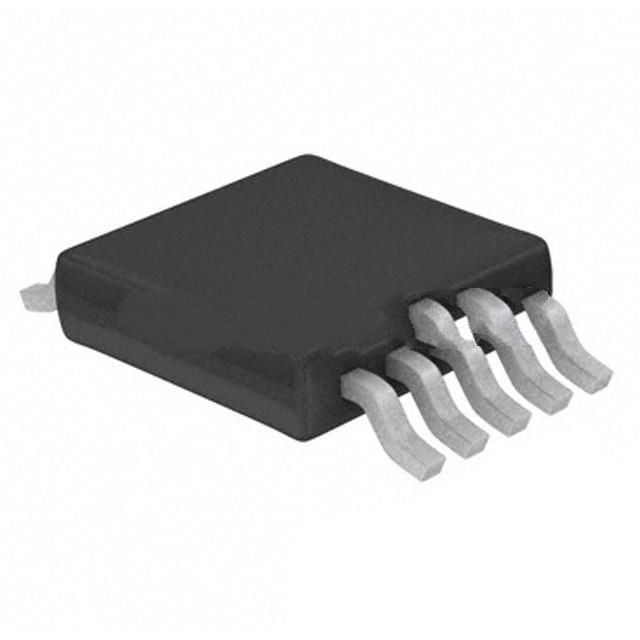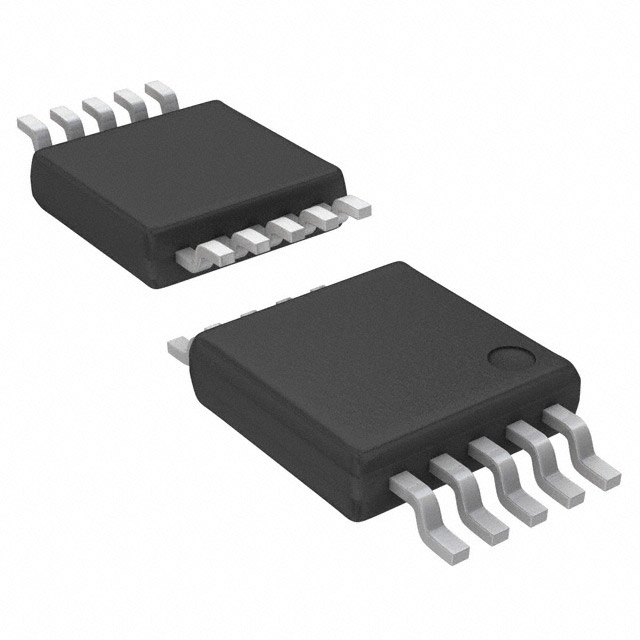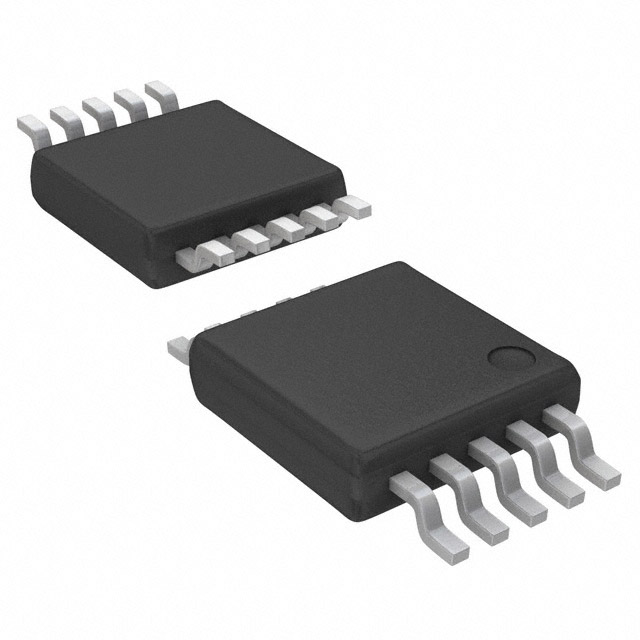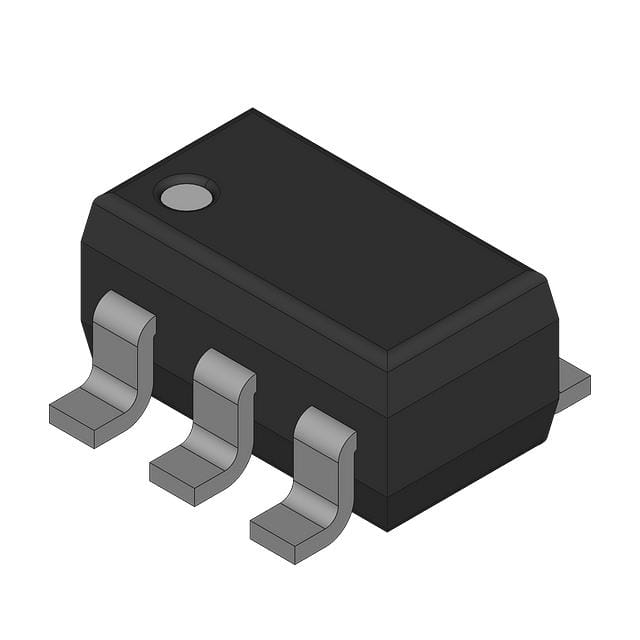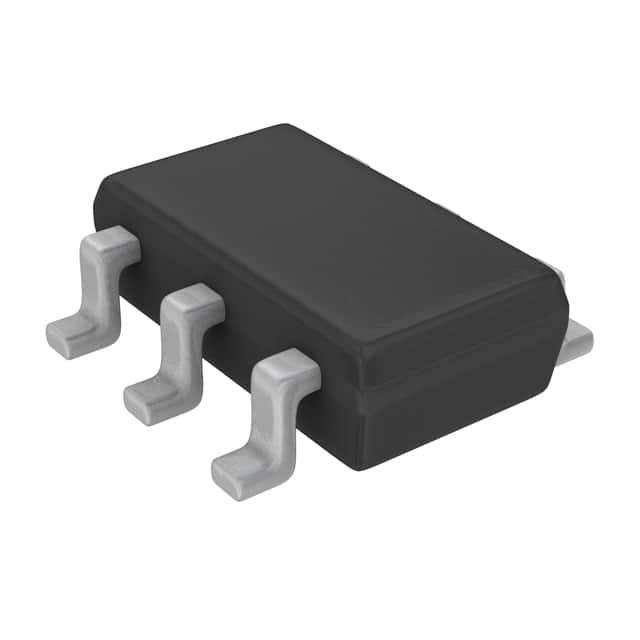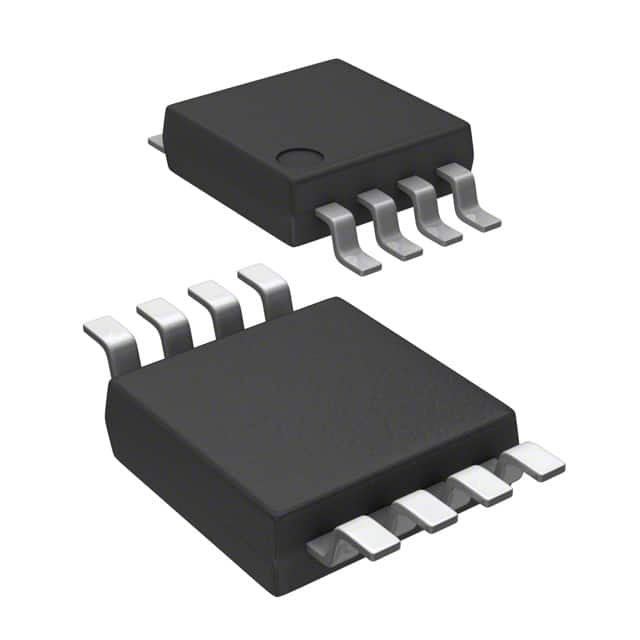DS3501U+T&R Product Introduction:
Maxim Integrated Part Number DS3501U+T&R(Digital Potentiometers ICs), developed and manufactured by Maxim Integrated, distributed globally by Jinftry. We distribute various electronic components from world-renowned brands and provide one-stop services, making us a trusted global electronic component distributor.
DS3501U+T&R is one of the part numbers distributed by Jinftry, and you can learn about its specifications/configurations, package/case, Datasheet, and other information here. Electronic components are affected by supply and demand, and prices fluctuate frequently. If you have a demand, please do not hesitate to send us an RFQ or email us immediately sales@jinftry.com Please inquire about the real-time unit price, Data Code, Lead time, payment terms, and any other information you would like to know. We will do our best to provide you with a quotation and reply as soon as possible.
Introducing the Maxim Integrated DS3501U+T&R, a cutting-edge digital potentiometer that revolutionizes the way electronic devices are controlled. With its advanced features and versatile application fields, this product is set to redefine the industry standards.
The DS3501U+T&R boasts a wide range of features that make it a standout choice for engineers and designers. It offers a high-resolution 256-tap digital potentiometer, allowing for precise and accurate control of electronic circuits. Its low power consumption ensures energy efficiency, making it an ideal choice for battery-powered devices. Additionally, it offers a wide operating voltage range, from 2.7V to 5.5V, making it compatible with a variety of systems.
This digital potentiometer finds its application in a multitude of fields. In audio systems, it can be used for volume control, tone adjustment, and equalization. In industrial automation, it can be utilized for motor control, position sensing, and calibration. In automotive electronics, it can be employed for lighting control, climate control, and power management. Its versatility extends to consumer electronics, where it can be used for display brightness control, user interface customization, and power supply regulation.
The Maxim Integrated DS3501U+T&R is a game-changer in the world of digital potentiometers. With its advanced features, energy efficiency, and wide range of applications, it is the perfect choice for engineers and designers looking to enhance the performance and functionality of their electronic devices.
Digital Potentiometers ICs are a new type of CMOS digital and analog mixed signal processing integrated circuit that replaces the traditional mechanical potentiometer (analog potentiometer). It is usually composed of multiple fixed resistors and a movable contact. Its working principle is to control the position of the potentiometer through digital signals, thereby changing the resistance value in the circuit. Digital Potentiometers ICs have the advantages of high precision, good stability, and fast response speed. Before using a digital potentiometer, please select the appropriate potentiometer model and specifications.
Application
Digital Potentiometers ICs are powerful, flexible and promising electronic components that are rapidly promoted at home and abroad. They are widely used in various electronic devices, such as audio equipment, instrumentation, computers and communication equipment, household appliances, health care products, industrial control and other fields.
FAQ about Digital Potentiometers ICs
-
1. What are the components of a digital potentiometer?
A digital potentiometer mainly consists of two parts: a voltage divider and a controller.
The voltage divider consists of a series of resistor elements that divide the input voltage according to a certain ratio. Each resistor element is connected to the input pin of the controller. The controller is responsible for reading the control signal and opening or closing the corresponding switch according to the level of the signal, thereby changing the total resistance.
-
2. What is the difference between potentiometers and digital potentiometers?
The main difference between potentiometers and digital potentiometers is their working principle, structure and application scenarios.
Potentiometer is a traditional electronic component that adjusts the resistance value mechanically. Potentiometers usually consist of a resistor and a movable brush. When the brush moves on the resistor, the resistance value can be changed, thereby adjusting the current or voltage in the circuit. The structure of the potentiometer is relatively simple. It mainly consists of a resistor and a rotating or sliding system. The resistance value is changed by manually adjusting the shaft or slider.
Digital potentiometer is a programmable electronic component that controls the resistance value through digital signals. It consists of a register unit and a digital isolator. The digital isolator can be a matrix, tree or serial type. Digital potentiometers do not require mechanical contacts and control the resistance value through a microprocessor and digital signals. They have high precision and flexibility. Digital potentiometers are more accurate and reliable when adjusting circuit parameters and are not easily affected by wear or environment.
-
3. What is the principle of the digital potentiometer?
A digital potentiometer is a potentiometer that uses digital signals to control the resistance value. It switches between different resistance values through the input digital signal to adjust the circuit parameters. The digital potentiometer mainly consists of a voltage divider and a controller. The voltage divider consists of a series of resistor elements. The controller is responsible for reading the control signal and opening or closing the corresponding switch according to the high or low signal, thereby changing the size of the total resistance.
The working principle of the digital potentiometer is based on the resistor ladder structure. The internal resistor ladder structure is adopted. Each resistor element on the ladder is equipped with a switch to control whether the resistor is connected to the circuit. When the controller receives a binary signal, it will choose to open or close the corresponding switch according to the value of the signal. For example, when a certain bit in the binary signal is 1, the corresponding switch is opened and the resistor element is connected to the circuit; if the bit is 0, the switch is closed and the resistor element is disconnected. Through the combination of multiple binary signals, the total resistance value in the circuit can be accurately adjusted.
Digital potentiometers have many advantages, such as high accuracy and stability, and are insensitive to dust, dirt and moisture, which makes them more reliable than traditional mechanical potentiometers in many applications. In addition, digital potentiometers are available in two types: volatile and non-volatile, suitable for different application scenarios.
 Lead free / RoHS Compliant
Lead free / RoHS Compliant



